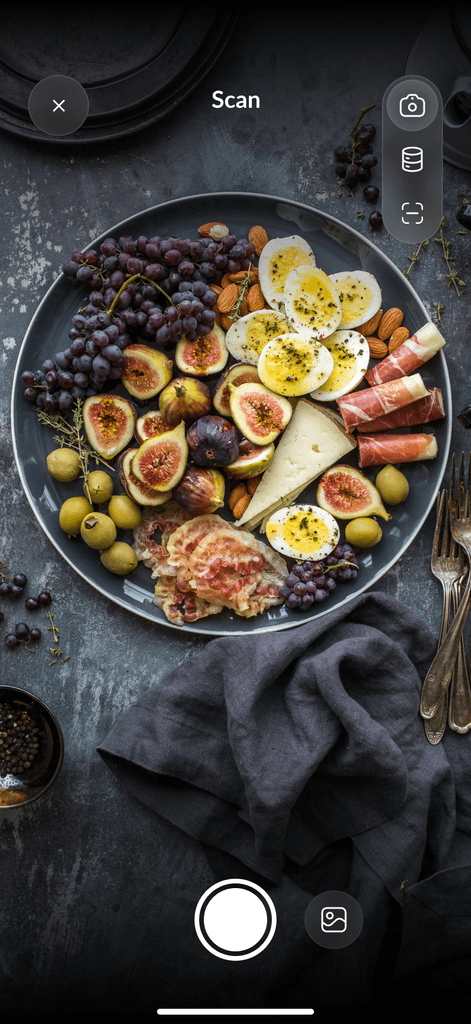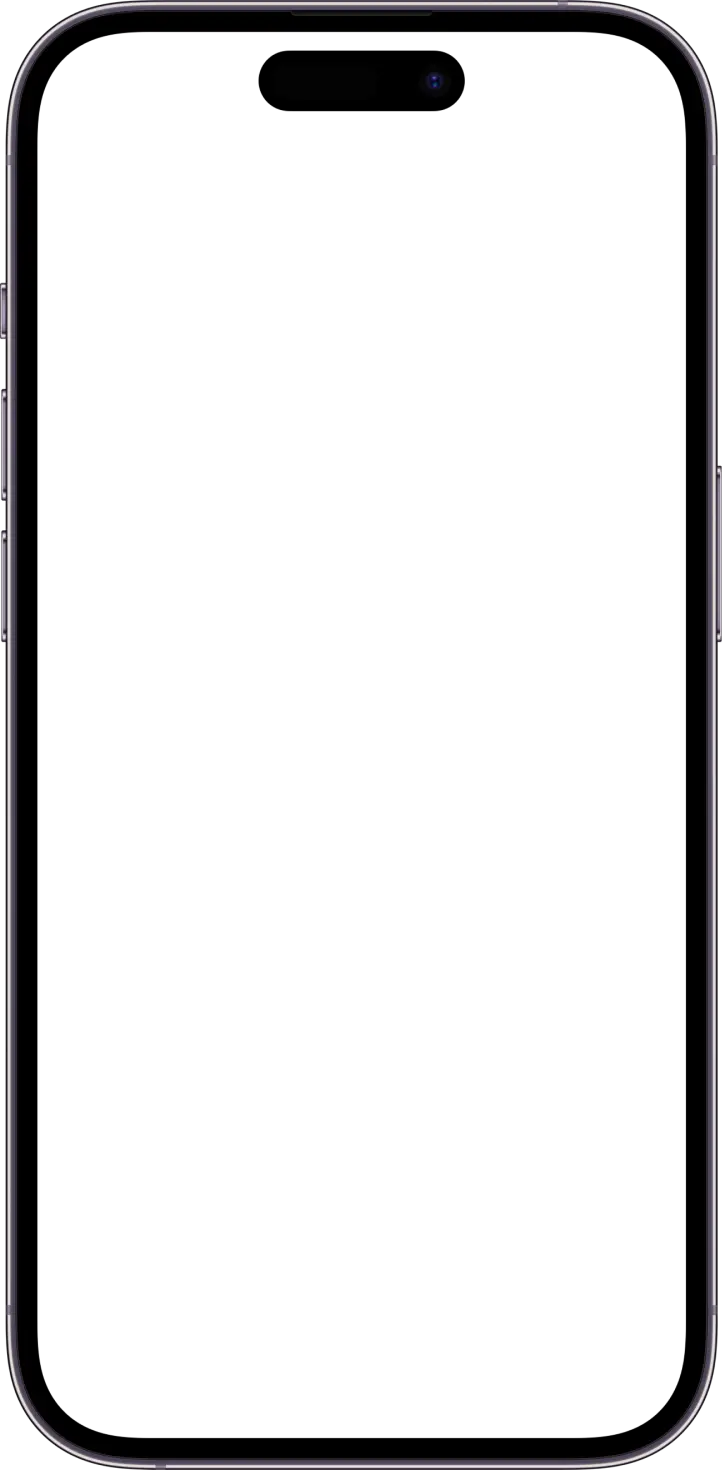You’re at a party enjoying a drink and suddenly remember your weight loss goals. You can still have fun and reach your goals, but first, you must learn how to track alcohol macros. Alcohol can sabotage your diet efforts and throw off your macros. So, What are macros and micros?
Let’s explore how to track alcohol macros, why it’s essential, and how to count alcohol calories faster with AI.
Table of Contents
Is Alcohol a Macronutrient?

Alcohol is a macronutrient because it provides energy, delivering 7 calories per gram. This is more than carbohydrates and proteins (each at 4 calories per gram) but less than fat (9 calories per gram). However, unlike traditional macronutrients, alcohol offers no nutritional benefits, such as vitamins, minerals, or essential nutrients.
When consumed, the body prioritizes metabolizing alcohol over other macronutrients because it recognizes alcohol as a toxin. This means that while the body is busy processing alcohol, it temporarily halts the metabolism of other nutrients, potentially leading to the storage of consumed food as fat. For instance, if you drink alcohol along with a meal, the calories from the food may be stored as fat while the body focuses on eliminating the alcohol.
Additionally, alcohol consumption can impair muscle growth by reducing the body's ability to synthesize protein and absorb essential nutrients. It also leads to dehydration, further hindering muscle development and overall physical performance. In summary, while alcohol provides calories and thus can be considered an energy source, it lacks the nutritional value of traditional macronutrients. It can negatively impact metabolism and muscle growth. Moderation is key; occasional, limited consumption may not have significant adverse effects, but regular or excessive intake can impede health and fitness goals.
Related Reading
• Do Minerals Have Calories
• How Long in a Calorie Deficit to See Results
• How to Use a Food Scale to Lose Weight
• Can You Eat Pizza on a Diet
• Do Carbs Make You Fat
• Why Am I Not Losing Fat in a Calorie Deficit
• What Are Net Calories
• Is the Fitness App Accurate
• How Many Calories Below Bmr to Lose Weight
Should You Drink Alcohol on a Diet?

Can You Drink Alcohol and Lose Weight?
Yes, you can enjoy alcohol while trying to lose weight— as long as you're smart about it. When deciding to include your favorite cocktail on your diet, there are two main things to consider: calories in alcohol and alcohol content.
Calories in Alcohol and Alcohol Content
As a general rule, the higher the alcohol content of a beverage (a.k.a. alcohol by volume or ABV), the more calories it has. A shot of hard liquor like gin, whiskey, or vodka (80-100 proof) will have about 68-85 calories per ounce. On the other hand, an ounce of beer or wine will have about 12 and 24 calories per ounce, respectively.
Added Calories in Mixers
But forget about the calories in your go-to spirit for a second, because for most people, the calories in the mixers of their favorite cocktails pose a far more significant barrier to weight loss than the actual alcohol. Just 4 oz of some daiquiri or margarita mixes can contain upwards of 35g of sugar — that's 7 teaspoons! Plus, these drink mixes have more than double the amount of calories than the shot of rum or tequila in the drink (that is, if you're only served half a cup of the mixer). What's more, the calories from mixers are the worst kinds of calories: simple and refined sugars. When they're combined with how alcohol affects metabolism, it gets even worse.
How Your Body Handles Alcohol
A few commonly-asked questions:
Does vodka make you gain weight?
What about beer?
Does wine make you fat?
But it's time to call it quits with the "alcohol-makes-you-fat" worries. That's because it's a myth.
The truth
It's the combination of alcohol and sugars found in mixers (or the bar food often consumed with alcohol) that inhibits weight loss and potentially causes weight gain. Alcohol does contain calories, which, yes, can cause weight gain. But that's not the only potential factor to blame. It is also the metabolic priority that your body places on alcohol (over carbohydrates and fats) that causes the damage. Your body wants to process the alcohol before anything else, which has been shown to create a metabolic environment almost the opposite of the one your body creates following exercise—one of high circulating fat levels and inhibited fat burning.
DietAI transforms calorie counting with our AI calorie counting app. Take a picture of your food, and our app instantly analyzes your meals from a simple photo, delivering accurate calorie and macro information without manual logging. Beyond photo recognition, the app provides comprehensive progress tracking, personalized nutrition insights tailored to your goals, and convenient barcode scanning for packaged foods.
Whether you are trying to lose weight, gain muscle, or simply maintain a balanced diet, DietAI makes nutrition tracking effortless by eliminating the tedious aspects of traditional food journaling. Download now to effortlessly track your calories and macros with DietAI, the AI-powered app that makes logging meals as simple as snapping a photo. Download today for 80% off!
How to Drink Alcohol on a Diet

Watch Your Serving Size
Know your serving sizes when sipping on alcohol. For instance, a glass of wine isn’t filled to the brim; it’s 5 oz. (Red wine glasses can hold 12-14 oz when filled.)
Skip The Mixers
If you’re watching your weight, minimize the calories from mixers. Make margaritas with real lime juice, use sugar-free tonic water, or even naturally calorie-free club soda instead of regular tonic water and other high-calorie carbonated drinks.
Get Creative
If you only enjoy flavored drinks, add some fresh ingredients like mint or a few raspberries. Do you want fruit juice in your cocktails? Gradually cut back on the amount you add so it’s just a splash for a touch of flavor.
Think Ahead
If you're aggressively pursuing a weight loss goal, consider your schedule before opening a post-work bottle of wine. Although it's essential to treat yourself, you should save that glass for your BFF's birthday dinner on Saturday night. This can help reduce the impact of drinks on your overall fat burning.
Drink In Moderation
We've heard it before, but it's worth repeating. Reducing the number of drinks you consume each week can help you reach your weight loss goals sooner.
Get To Know Calorie Counts
Having an idea of the lowest calorie alcohol options can help you make wise choices before you sip and, in turn, keep that goal to lose weight.
How to Track Alcohol Macros in 3 Simple Steps

1. Use DietAI to Track Alcohol Macros
DietAI transforms calorie counting with our AI calorie counting app. Take a picture of your food, and our app instantly analyzes your meals from a simple photo, delivering accurate calorie and macro information without manual logging. Beyond photo recognition, the app provides comprehensive progress tracking, personalized nutrition insights tailored to your goals, and convenient barcode scanning for packaged foods.
Whether you are trying to lose weight, gain muscle, or simply maintain a balanced diet, DietAI makes nutrition tracking effortless by eliminating the tedious aspects of traditional food journaling. Download now to effortlessly track your calories and macros with DietAI, the AI-powered app that makes logging meals as simple as snapping a photo. Download today for 80% off!
2. Track Alcohol Macros Manually
To calculate macronutrients for alcohol, we need to know ONE thing: how many calories it contains. From there, we can allot the number of calories to either carbs, fats, or a combination. For example, if your drink has 100 calories, you can track that as 25 grams of carbs, 11 grams of fats, or 13g carbs and 6g fats. When tracking as a combination of both, any ratio works too. As in, you don’t have to allot 50% of the calories to fats and 50% of the calories to carbs. You could do 25% fats and 75% carbs if you wanted (3g fats and 19g carbs) if that fits your macros for the day better!
3. Should I Track Alcohol Macros As Carbs, Fats, Or A Combination Of Both?
So… which option is better? Well, that will depend on your macros for the day and which option best fits into your day. It’s important to note that the route you decide to take each time may change, too, depending on what else you have already consumed/plan to drink that given day. My best recommendation would be to look at your day as a whole. Is your day more carb-heavy? Is your day more fat-heavy? For example, if you have been traveling and eating out a lot, you’ve likely been consuming higher fats because restaurants use a lot of oil. So, in that case, I recommend allocating more alcohol calories to calories. But if it’s just a typical day at home and you want to have a margarita, you may have more balanced macros and decide to allot half to carbs and the other half to fats.
Related Reading
• Carnivore Macros for Weight Loss
• How to Track Calories When Eating Out
• Weight Watchers vs Calorie Counting
• Macros for Mediterranean Diet
• How to Stick to a Calorie Deficit
• Losing Weight and Gaining Muscle
• Macros for 1200 Calorie Diet
• Intermittent Fasting and Macros
• Macros for Pcos Weight Loss
• Paleo Macros
Download DietAI Today for 80% Off!
Regarding nutrition, two distinct types of nutrients matter: macros and micros. Short for macronutrients, the term "macros" refers to carbohydrates, protein, and fats—nutrients that provide energy (calories) to the body. The "micro" in "micronutrients" refers to vitamins and minerals that help regulate numerous processes in the body.
While both groups of nutrients are essential for health, they serve different purposes. Macros provide energy for movement and bodily functions, while micros support immune health, bone health, metabolism, etc. Consider dieting and losing weight only to discover that your vitamin D levels are dangerously low. This scenario isn't uncommon. When you focus solely on calories and neglect the types of food you're eating, you can end up with a severe deficiency in micronutrients that can harm your health.
DietAI transforms calorie counting with our AI calorie counting app. Take a picture of your food, and our app instantly analyzes your meals from a simple photo, delivering accurate calorie and macro information without manual logging. Beyond photo recognition, the app provides comprehensive progress tracking, personalized nutrition insights tailored to your goals, and convenient barcode scanning for packaged foods. Whether you are trying to lose weight, gain muscle, or simply maintain a balanced diet, DietAI makes nutrition tracking effortless by eliminating the tedious aspects of traditional food journaling. Download now to effortlessly track your calories and macros with DietAI, the AI-powered app that makes logging meals as simple as snapping a photo. Download today for 80% off!
Related Reading
• Vegan Macros
• Endomorph Macros for Fat Loss
• Hitting Macros but Not Calories
• Ketosis vs Calorie Deficit
• Macros for Menopause Weight Loss
• Macros for Bariatric Patients
• Nutracheck vs Myfitnesspal
• Noom vs Myfitnesspal
• MacroFactor vs Carbon


